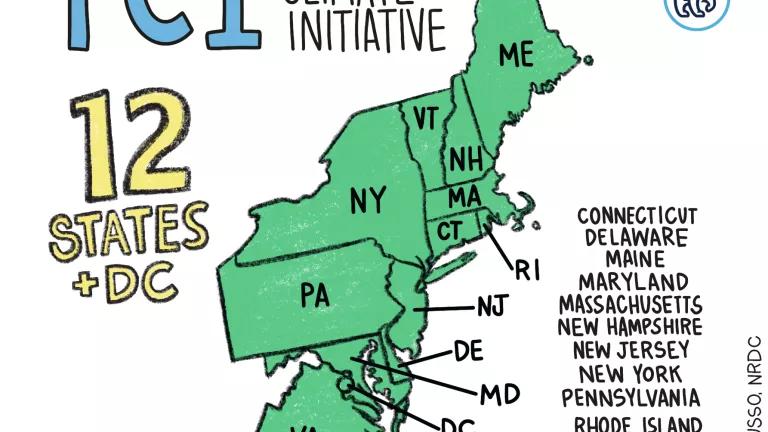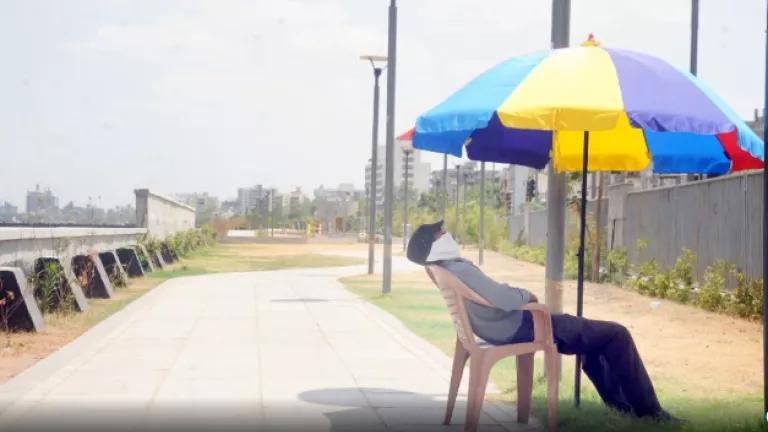
Guest blog by Sayantan Sarkar
As India heads towards Diwali (on 07 November), air pollution levels are spiking, especially in Delhi. This was no surprise though—extremely high levels of air pollution have become the norm around this time of the year across Northern India. As winter approaches, Delhi braces itself for yet another period of toxic smog. With worsening air quality, authorities are springing into action to take short term measures to ensure air quality doesn’t reach emergency levels. To address air quality for the long term, the national government has launched a National Clean Air Program, which aims to reduce particulate matter (PM) levels by 30 percent in 5 years.
Just how bad is the air?
Delhi is often ranked as the city with the highest air pollution levels in the world—with PM 2.5 concentrations more than two times higher than permissible limits.
Last Sunday, out of 48 monitoring stations across the National Capital Region (NCR) including Delhi, 23 stations had “severe” or “severe-plus” air quality and 21 were in the “very-poor” category. Air quality dropped to the “severe” category on Tuesday evening too, according to the national government’s System of Air Quality and Weather Forecasting And Research (SAFAR) Air Quality Index (AQI). Festival goers of Diwali, starting this week, will see rampant use of fireworks that will worsen air quality.
Air pollution is taking a heavy toll on the health of Indians. A new WHO study finds that indoor and outdoor air pollution resulted in the deaths of 101,788 children under the age of five in 2016 in India. A 2017 Lancet Commission study found that ambient air pollution causes a staggering 1.09 million deaths each year in India.
What is causing poor air quality?
There are numerous sources that cause alarming air pollution in India. Exhaust from diesel and gasoline operated vehicles is a major source. In addition, rampant waste and biomass burning, road dust, dust from construction sites, industrial and thermal power plant emissions are significant contributors. These are continuous sources of pollution throughout the year and affect many cities in India.
During this time of year in particular, a significant proportion of Delhi’s air quality woes is from crop stubble burning by farmers in the states of Punjab and Haryana. Open fires of biomass burning contributed from ten to 30 percent to Delhi’s PM 2.5 concentrations from 28 October to 03 November, according to SAFAR.
Meteorology also plays an important role. Delhi and much of North India have a winter inversion layer that traps pollution, much like Los Angeles’ summer inversion layer. Low wind speeds prevent the dispersion of pollutants. The temperature inversion layer results in trapping of pollutants further causing higher pollution concentrations.

How is the government taking action?
Local officials and the judiciary are putting into place a series of measures aimed to improve air quality.
- The national and Delhi Governments have formed 52 cross-Government teams to ensure compliance. The teams have been empowered to take punitive action against violators responsible for causing of air pollution.
- Based on recommendations made by the Central Pollution Control Board (CBCB), the Supreme Court appointed Environment Pollution Control Authority (EPCA) has ordered halting all construction from the 1st to the 10th of November. It has also ordered closure of all stone crushers and hot mix plants for the same period.
- EPCA has also ordered closure of the polluting Badarpur Thermal Power Plant and banned use of diesel generators in Delhi as of the 15th of October.
- EPCA has instructed all industries using coal and bio-mass as fuel (excluding thermal and waste to energy plants) to remain shut from the 4th to 10th of November.
- EPCA is also considering limiting private vehicle usage if the air quality worsens over the next few days.
- The Supreme Court has put restrictions on burning fireworks on Diwali (allowed only between 8:00-10:00 pm). It has banned sale of all fireworks, other than “green fireworks” (low pollution generating) in Delhi.
- To reduce exposure to high pollution levels, both the CPCB and SAFAR have issued health advisories. They asked people with heart or lung diseases, elderly and children to avoid prolonged or heavy exertion. They also recommended people to go for shorter walks instead of jogs and wearing masks while stepping outside.
The actions being taken by the authorities are definitely a step in the right direction. Many people in the impacted communities are watching closely to see if these measures will have any tangible impact on the air quality.
The problem of alarming air pollution is not limited to just Delhi. For example, in October 2018, Ahmedabad had 70 percent “poor” and “very poor” air quality days. NRDC and partners are working with Ahmedabad to develop health risk communication and pollution reduction strategies.
While Delhi receives the most media attention, many Indian cities are facing the same problems with air quality. These cities, often, also lack a capacity to take action on air pollution. Addressing air quality issues in the most impacted cities will require a country-wide effort. Collaboration and coordination across government levels is crucial. Implementation of judicial orders, and plans developed by empowered committees will also be key. In addition, industry and the public must also be engaged to create a holistic approach for air quality management.
To address many of these challenges, on 05-06 December, NRDC, and Indian Institute of Public Health in Gandhinagar, are bringing together cities, state health department and pollution control boards, leading experts on public health, academia, businesses and civil society groups from across India in Ahmedabad. At this forum, we will be identifying how cities can develop effective strategies to tackle air pollution, and work with state and national governments to implement them.



